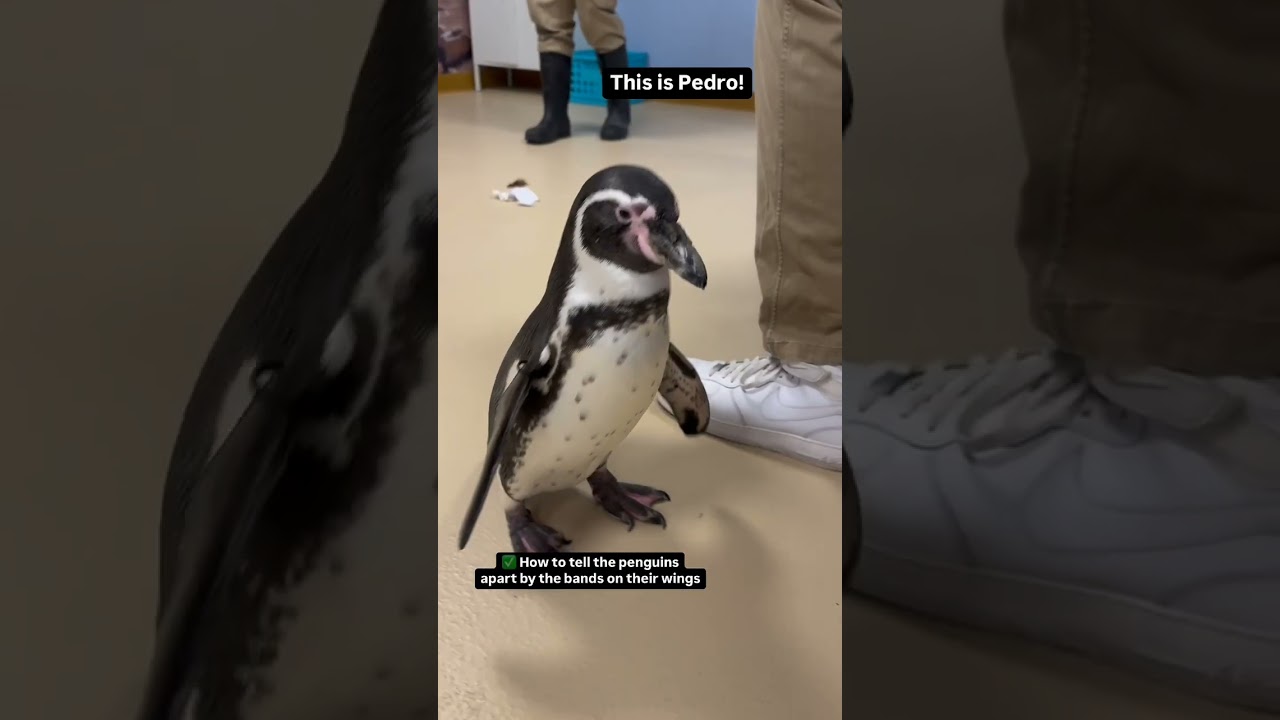- Discover the world of Pedro the Penguin and explore the significance of penguin encounters in zoos.
- Investigate the natural history and behavior of penguins, emphasizing their ecological and biological importance.
- Examine zoo management practices that aim to foster penguin well-being and conservation.
- Highlight educational and conservation initiatives fueled by penguin encounters like the one with Pedro.
- Analyze the broader impact of zoo-based penguin experiences on public understanding and wildlife conservation efforts.
Penguins are among the most recognizable birds in the animal kingdom, captivating countless minds with their endearing appearance and peculiar way of life. At the center of this fascination is a remarkable opportunity: the penguin encounter. Penguins are flightless birds that have adapted superbly to life in the southern hemisphere, particularly within the polar and subpolar regions. When you meet Pedro the Penguin, not only do you get to engage with these incredible birds firsthand, but you also play a crucial role in promoting their conservation.
Pedro the Penguin, like other penguins in zoos, serves an educational and inspirational purpose. Through encounters like this, zoos aim to enrich public knowledge about the life and survival of penguins. These birds are not just charismatic; they are symbols of the challenges that many wild species face due to climate change, habitat destruction, and environmental shifts.
The natural history of penguins provides essential insights into their ecological roles and evolutionary journey. Penguins are fascinating creatures with a unique biology that adapts them remarkably well to cold environments. Their distinctive black and white plumage is not merely for fashion; it serves as camouflage while swimming, protecting them from predators from both above and below the water. Penguins are impressive swimmers, reaching speeds up to 15 mph, and their streamlined bodies are perfectly engineered for efficiency and speed underwater.
Penguin behavior also offers remarkable insights into avian life. They exhibit complex social structures, with many species demonstrating monogamous breeding systems and communal care of their young. Penguins communicate through an array of vocalizations and body movements, essential for social bonding and coordination within colonies. Understanding these behaviors within their natural habit allows zoologists to deduce critical information about other bird and animal species.
Zoo management is crucial in providing a healthy environment for penguins like Pedro. Zoos are committed to maintaining optimal conditions that reflect the penguins’ natural habitats. This involves regulating water temperature, diet, and creating engaging environments that stimulate natural behaviors. These practices are not only ethical imperatives but also essential for studying penguins’ needs and responses to changing environments. Comprehensive veterinary care and environmental enrichment ensure that the penguins are healthy and active, which aids researchers in understanding their physiological and psychological needs more accurately.
Meeting Pedro the Penguin is not just an enchanting experience for the public but an avenue for broader educational and conservation initiatives. Zoos serve as vital centers for wildlife education, hosting programs and workshops that focus on teaching people about penguin conservation issues. These initiatives often include discussions on climate change impacts, overfishing, and pollution—issues that directly threaten penguin populations in the wild.
These educational experiences are designed to inspire action, encouraging sustainable practices and fostering a sense of responsibility towards preserving natural habitats. By engaging with live animals and observing them up close, people of all ages can gain a deeper understanding and appreciation of wildlife. This can translate into increased support for conservation policies and a more informed public that is willing to advocate for sustainable actions.
Penguin encounters like those with Pedro have a broader impact on wildlife conservation by bridging the gap between the public and the global challenges of biodiversity preservation. As ambassadors of their wild counterparts, penguins in zoos can stimulate conversations about habitat protection and environmental stewardship. They help humanize the abstract and often overwhelming issues of conservation, making them more relatable and pressing.
By participating in these encounters, the public can contribute to funding conservation initiatives worldwide. Part of the revenue generated from these programs often supports field research and conservation projects aimed at protecting penguin habitats and ensuring their survival. This symbiosis between zoos and field conservation efforts highlights the modern role of zoos as both educators and active players in wildlife preservation.
Meeting Pedro is not just about enjoying a joyful experience. It’s about engaging in a vital conversation and understanding our role in safeguarding the planet’s biodiversity. These encounters are pivotal in shaping attitudes and perceptions about conservation and the natural world. They highlight the interdependence between species and the importance of maintaining the delicate balance of our ecosystems.
In summary, a penguin encounter with Pedro is a multidimensional experience that serves both educational and conservation purposes. It offers a unique lens through which to view the intricate behaviors and ecological significance of these fascinating creatures. Whether it is through direct interaction or through the public programs that stem from these encounters, meeting Pedro the Penguin is a significant step toward fostering a more informed and responsible global citizenry dedicated to wildlife conservation.
*****
Source Description


